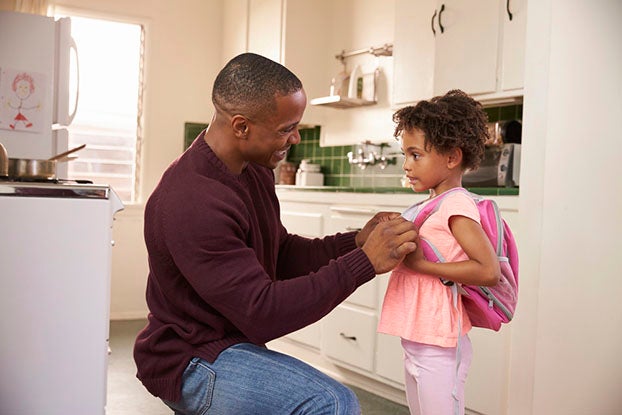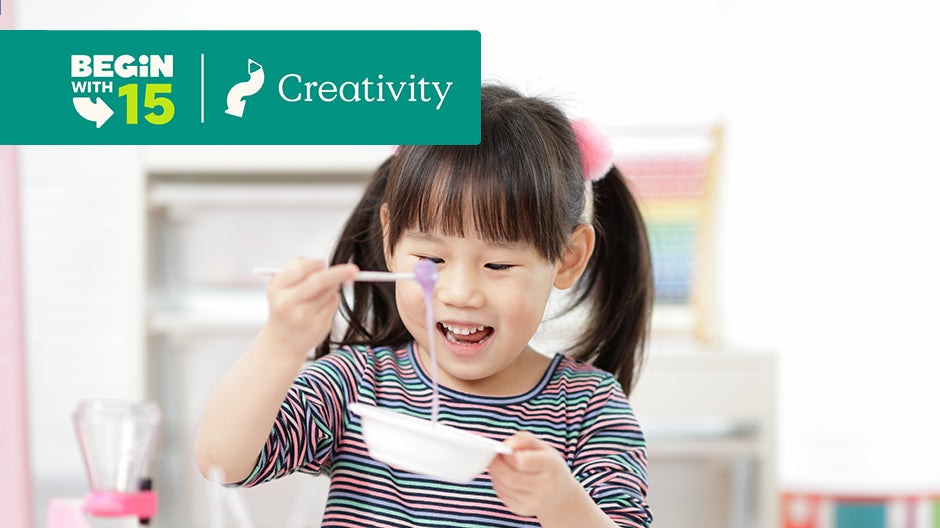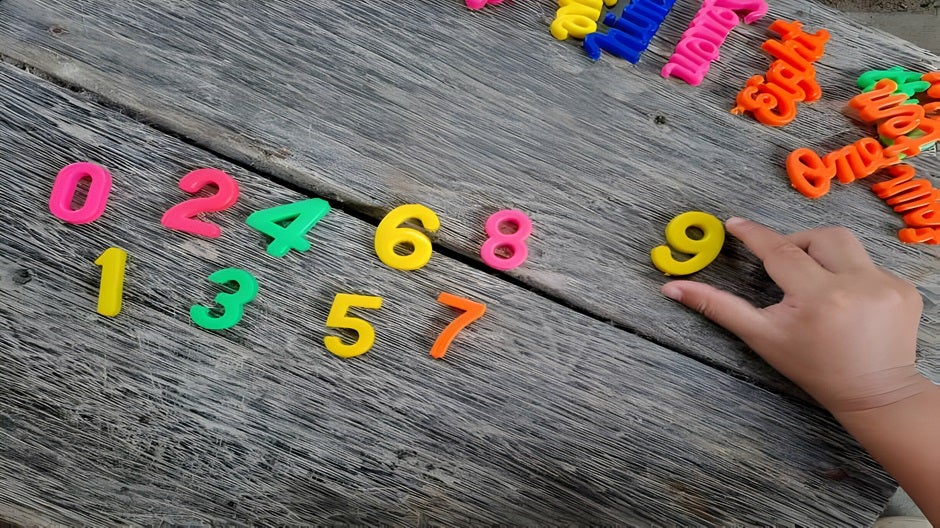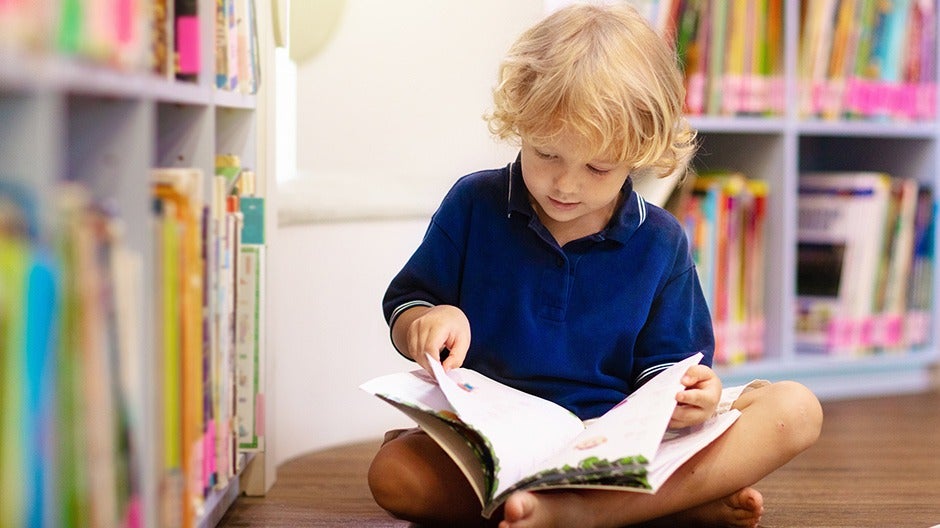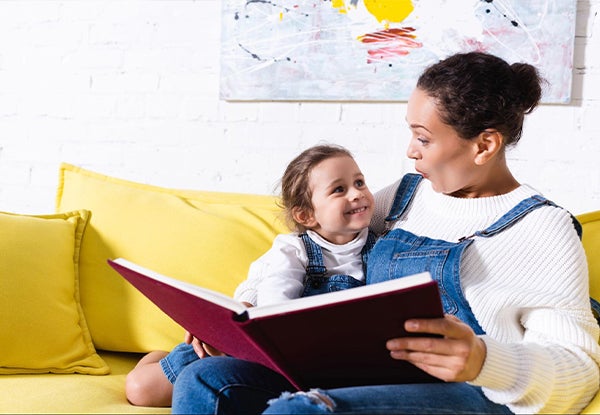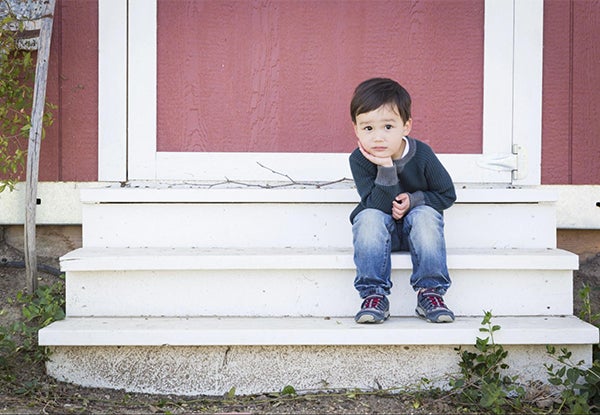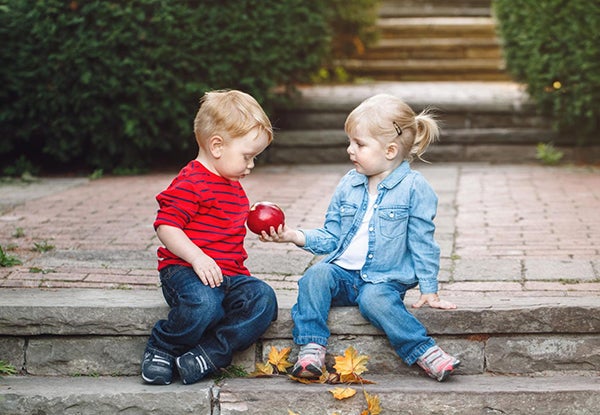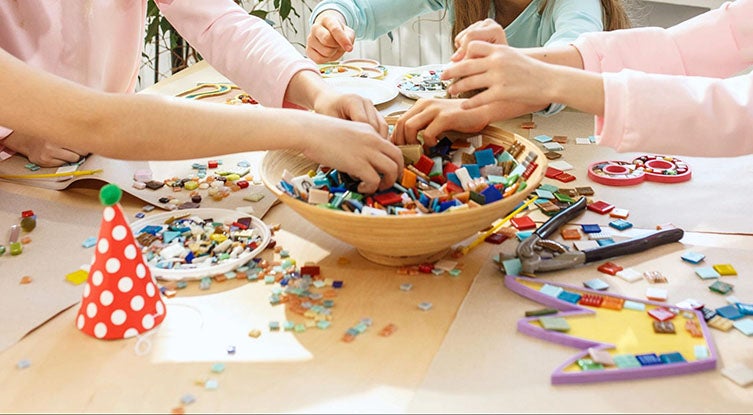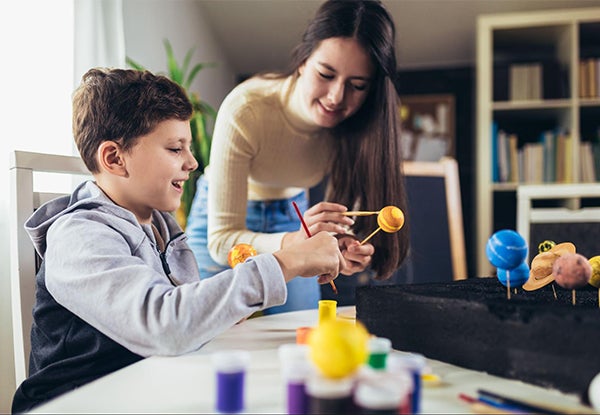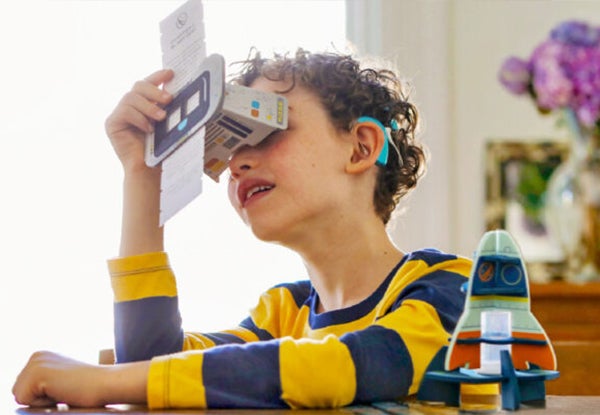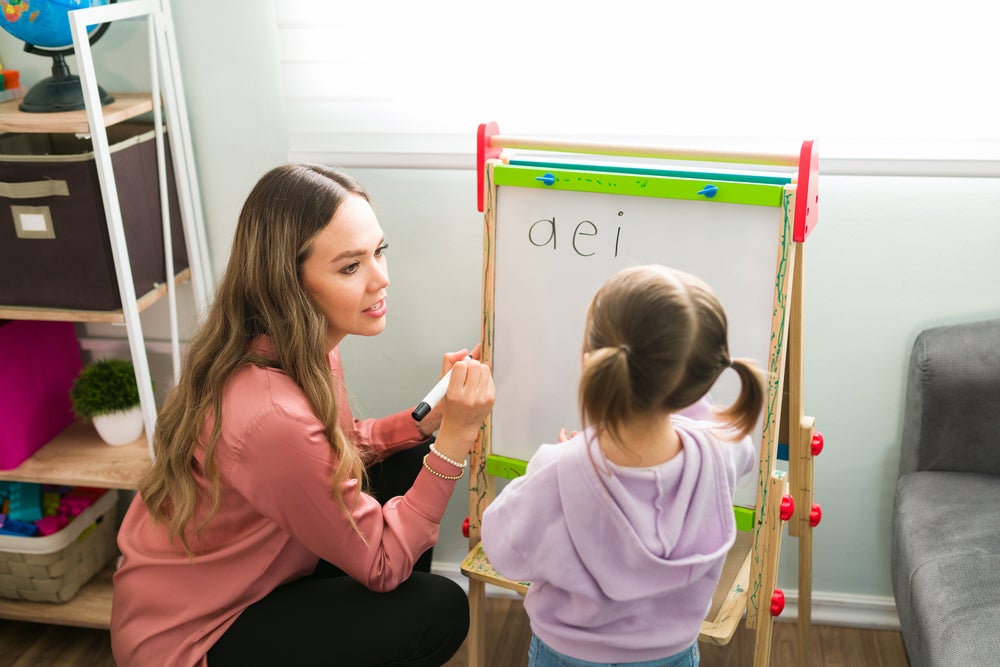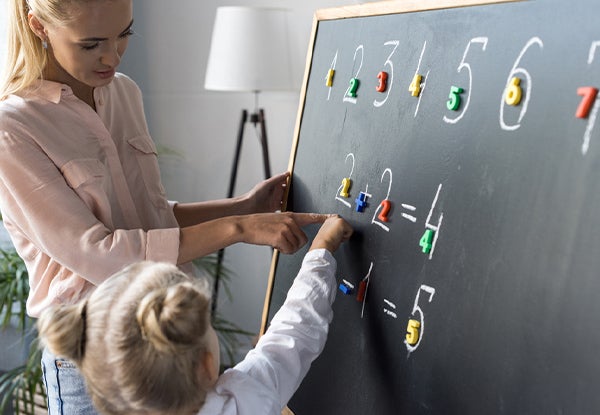As a child development expert, I fully appreciate how school — whether attending for the first time ever, starting at a new school, or returning to school after an exciting summer break— is a big step for a child’s social and emotional development. I can certainly tell you about how learning to share and moving from solo play to collaborative play are important developmental milestones. But what I didn’t fully appreciate until sending my own son off to preschool, was how emotional the experience can be for the whole family. While there are similarities we all go through, every back-to-school experience is unique and personal. Here are some strategies that have worked for our family and hopefully can be adapted to work for yours too!
Research.
As parents, it’s important to find a place where we feel comfortable (or as comfortable as we can feel), so that we are confident our kids are at a school that’s right for them. Visit the school with and without your child, observe, talk to the teachers and administrators, and ask questions to really get comfortable with the place and understand whether it’s a good fit for your family.
Communicate.
Form a relationship with the teachers and administrators so that you feel as though you’re all on the same team.
Forecast.
My son had an extreme (and I mean EXTREME) case of separation anxiety that my PhD did NOT prepare me for. One thing that helped was forecasting step-by-step how the day was going to go so that he could start to get a sense of what to expect. I would say something like “first, we’re going to get your shoes on and pack your backpack. Then, we’ll get in the car and drive to your school. We’ll walk up the loooooong wiiiindy path to the door, and I’ll walk you up to your classroom. When we see your teachers, we’ll say ‘Hi, Ms. D! Good morning, Ms. L!’ And they’ll help you hang up your things in your cubby. Then, they’ll help you find something to play. What do you think you’d like to play today? There are the garbage trucks, the sand table, the Play-Doh, etc.” It also helped to give my son details about when he would get picked up and see me again. Especially for young children, repetition and consistency are key! We would talk through this so many times so that he could start internalizing it – during dinner, at bedtime, in the morning, and while we were going through each step in the process. This strategy can be helpful for any new experience with children of all ages, though how often you need to repeat yourself and how much detail you need to provide will vary.
Acknowledge.
One of the most important things we can do for our kids is respect and acknowledge their feelings, even if they seem silly or irrational (like epic meltdowns when they have to wear their red shirt instead of their blue shirt because their blue shirt is dirty). Simply telling our kids that we see what they’re feeling and understand, will help them feel validated and supported. Sometimes this can be easier said than done! Even knowing the benefits of acknowledgement, I often had to fight the urge to reassure my child that it would be okay, and he would have fun at school. Instead, I paused, took a breath, and said, “I see that you’re feeling a little nervous about school. School is new, and sometimes new things make me nervous too.” For an older child, it might be something like, “I see that you’re frustrated that your best friend is in a different class…”
Model.
Even as our kids get older, our own behavior still has a tremendous impact on them. Try to get in the habit of modeling the types of behaviors that you want to see in your child. Seeing you demonstrate kindness to a barista or go out of your way to include someone in a conversation, will help make those abstract ideas concrete and relatable for your child.
Get creative.
Find different ways to engage with your child about their school day. Instead of asking them how their day was, ask them to tell you the story of their day from their shoe’s perspective (and tell them the story of your shoe’s day too.) It might be something like, “Well, first I woke up in the closet with all my other shoe friends. I made the long journey down the sidewalk where I almost stepped in a piece of gum!” This will help your child practice perspective-taking, flex their storytelling abilities, and maybe even take the pressure off them of sharing details about their own day.
Trust.
Trust the process that your child’s school has established and know that the teaching staff are truly experts in helping kids with this transition. But also, trust your instincts. Hopefully doing your research early will set you up to feel confident about your child’s school, but if something isn’t sitting right with you, talk to your child’s teachers and school administrators to try to find a solution. And finally, trust your kids. They are remarkable and capable young people and hopefully the back-to-school experience helps to show off some of their best characteristics.
Back-to-School Checklist
Here are ways for you and your child to get in the back-to-school mindset and cope with any anxieties or big feelings.
New Space
- For young children, forecast step-by-step how the day will go so they get a sense of what to expect.
- Go to the schoolyard and play a few times before the first day of school.
- If you are learning from home this year, these fun printables add a personal touch to your child’s learning area.
Confidence
- Telling our kids that we see what they’re feeling will help them feel validated and supported. Give them space to let your child share their fears and talk about what’s on their mind.
- Establish bedtimes and your morning routine early for the school year.
School Supplies
- Practice using a new lunch box backpack zippers, using buttons, and tying shoes. A busy board can be good practice for these skills.
- Ask your child to help choose the outfits for the first week of school. Together with your child, pack the backpack, so they know what is inside.
Friends & Teachers
- Talk about shared likes and interests, e.g., “I heard Mrs. Johnson loves reading books about animals, and you do too! I wonder if she likes trains too?”
- If you have time: Can you set up playdates with kids in their class over the summer?
- Read and listen to stories in the HOMER app or from our list of back-to-school books.
Once School Starts
- Paint a mental picture for your child of what to expect and remind them about the fun things happening at school that day.
- Add a positive affirmation in a child’s lunch to ease separation anxiety.
- If your child is nervous, here are a few things you can do:
- Give your child an item of yours to hold for the day. Make it a crafty project by making matching bracelets.
- Focus your child’s attention on the reconnection after school. “After school, let’s sit on the hammock together, and you can tell me the three most fun things you did at school today. I can’t wait to hear!”
- Praise your child for brave behavior. You might plan a fun meal at the end of the first day of the week.
The New Normal
- Visit the pediatrician. Make sure your child is up-to-date with all recommended vaccines. Review and practice proper hand hygiene at home, especially before and after eating, sneezing, coughing, and adjusting a mask. Make handwashing fun and explain to your child why it’s essential.
- Be familiar with how your school will make water available during the day. Consider packing a water bottle.
- Talk to your child about the precautions that their school is taking this year. Children may be advised to wash and sanitize their hands more often, keep physical distance from other students, and use hand sanitizer.

